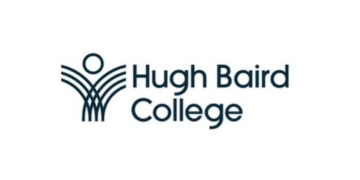Tens of thousands of pupils live at least 10 kilometres from their nearest mainstream secondary school, and more are likely to end up in these “cold spots” as falling rolls drive closures.
Analysis by SchoolDash found 20,198 pupils in 143 neighbourhoods of England had no non-selective state secondary school within 10 kilometres of their home. The average catchment area of a secondary school is around four kilometres, the organisation said.
Researchers looked at distances from school in around 34,000 so-called “lower layer super output areas” – each equating to a small village or group of streets in a town.
Grammar and private schools were excluded from the calculation, because they are not accessible to all pupils.
If faith schools are also excluded the problem gets worse – affecting around 32,000 pupils in 228 areas. If schools rated less than ‘good’ are also excluded, the number of pupils living in areas without a secondary school within 10 kilometres rises to 75,000.
In a blog post, SchoolDash founder Timo Hannay warned the “situation seems, if anything, likely to get worse in the coming years because school enrolments are falling, driven mainly by declining birth rates”.
Schools face ‘downsizing or even closing’
Pupil numbers in England’s schools are predicted to shrink by 12 per cent over the next 10 years, after the government revised down its predictions in the face of “notably lower birth projections”.
This “ultimately results in schools downsizing or even closing”, Hannay said.
“The ever-smaller cohorts have been working their way through primary schools and are now moving into secondary schools too. There is no sign so far of these long-term demographic trends abating.
“Importantly, they do not affect all schools equally. For example, enrolments at smaller schools and those with lower Ofsted ratings have tended to fall faster than elsewhere. Furthermore, there has been considerable regional variation in changes to overall school capacity.”
Hannay said trends “may well reflect differences in local demand, but it’s also possible that they don’t”.
He pointed to the free schools programme – the only mechanism for opening mainstream schools – which he said had “tended to favour places like London, where people who have the wherewithal to set up new schools are disproportionately located even though existing provision is generally good”.
Cold spots identified by SchoolDash include areas of the Isle of Wight, Salisbury in Wiltshire, Ilfracombe in north Devon, Cranbrook in Kent, Ludlow in Shropshire, Southwold in Suffolk, Market Rasen in Lincolnshire, Kents Bank in Cumbria and Haltwhistle in Northumberland.















Your thoughts